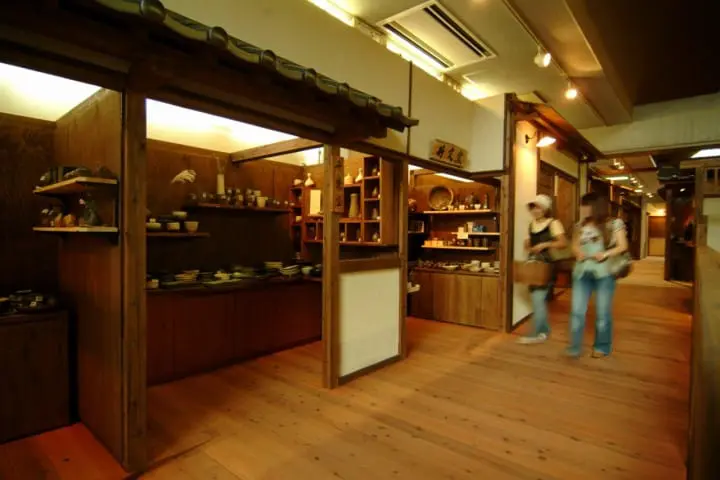Exploring The World Of Tamba Ware In Sasayama On Bicycle

Welcome to Tamba-Sasayama, the central-eastern part of Hyogo! Other than black soybeans and the tree peony flower, there is another famous brand of Tamba area: Tamba ware. This cycling route will help you explore the world of Tamba pottery!
Presenting Tamba Ware

Tamba ware is a type of pottery made in the Sasayama area, formerly known as Tamba (thus the name), and is one of the traditional pottery styles of Japan. With an outstanding 800-year long history, it can be traced down back to the Heian Period (794 - 1185).

Tamba is one of Japan’s traditional six kilns with a long-standing reputation and lineage – the so-called Six Ancient Kilns of Japan. It is a representative style of pottery in Japan, and the pride and the trademark of the city of Sasayama and the surrounding area.
Visit the Birthplace of Tamba Ware, and Walk the Pottery Road

It is said that the Tachikui district in the city of Konda, located in the south-western part of Sasayama, is the very place where the Tamba ware was created. Upon visiting this district, you’ll be able to see more than 40 pottery places lined one after another at the foot of the mountain. Kamamoto, or the pottery (place), is where all those wonderful porcelain and pottery masterpieces are being made.
Now, as every place has its own unique flavor reflecting in its art, let’s explore each and every of those potteries, to find our own favorite style of Tamba ware!
Tamba Traditional Art Craft Park: Tachikui Sue no Sato

What sets Tamba Traditional Art Craft Park: Sue no Sato apart from your ordinary parks, is the vast amount of extraordinary pottery ornaments. They also occasionally hold exhibitions of Tamba ware at that very place.

Photo courtesy of Sasayama City

The Pottery Alley, or Kamamoto Yokocho in Japanese, was created by 52 pottery places present and creating in this city, to let the visitors see, fall in love, and perhaps buy the craft items displayed there. Should you find your beloved piece of artwork, you can even take a look at the place where all the work is done.
And who knows? Perhaps you can encounter some masterpiece that wasn’t even displayed in the Pottery Alley at all!

Great news is that there is bicycle rental service available at the city. That means you can tour the whole Tachikui Valley with its 4-kilometre area, on your bicycle at whatever pace you prefer. The rental fee per day is 500 yen (after tax), and the deposit fee per a bicycle is 1000 yen (after tax). You should receive the money for the deposit upon returning your vehicle.









































![[Just a short distance from Nagoya] Popular Taiwanese YouTuber Alan tours Aichi, Tokoname!](https://resources.matcha-jp.com/resize/720x2000/2026/01/08-255181.webp)


